Birding at the Arboretum
Birding at the Arboretum
The mixed habitats of the Arboretum and Botanic Garden provide a haven for birds and birders alike.
These grounds are a well-known patch of many local birders and provide an excellent introduction to Californian birds for out-of-state visitors. The gardens are a recognized hot-spot on eBird ( eBird: UC Santa Cruz Arboretum), where recent sightings and historical records can be found.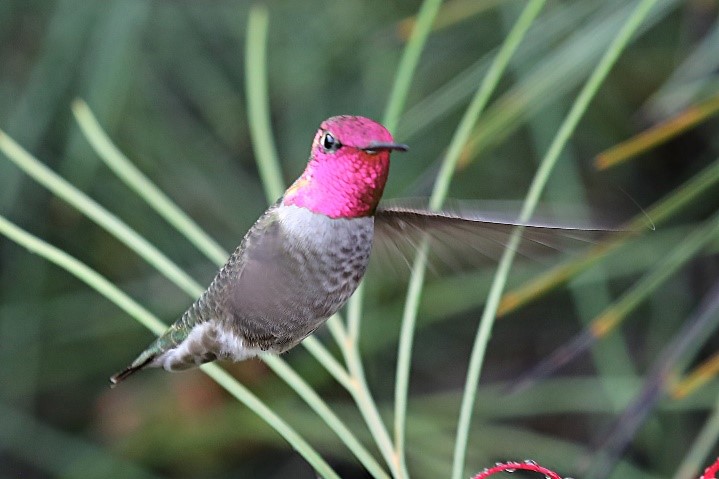
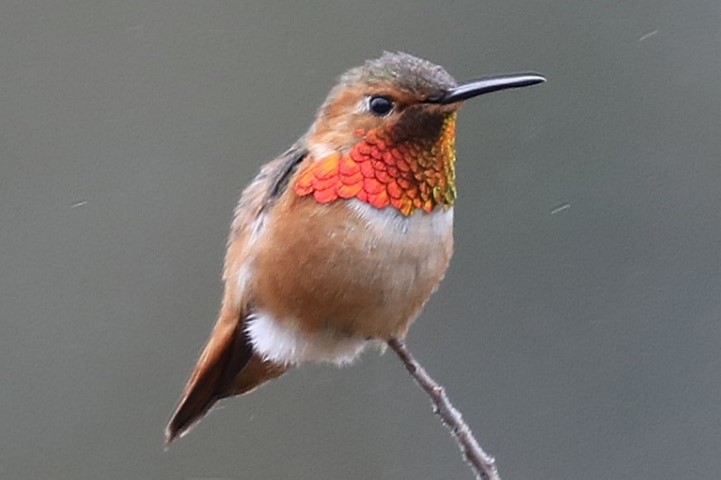
The Anna’s hummingbird is resident, and the males begin their courtship flights in December/ January. By the end of February, they are joined by Allen’s hummingbirds, who dominate the scene through until May. The males are easily separated by the iridescent magenta gorget of the Anna’s while the Allen’s is coppery orange. Note that the gorgets of both species can appear black depending on the angle of view.
Their flight displays are also distinct with a single J flight path of the Anna’s whereas the Allen’s display begins with a pendulum-like U flight path before the final J rise and rapid descent. At the bottom of the J flights, the air rushing through the tail feathers produces a loud pop in the case of the Anna’s and a softer ricochet sound with the Allen’s.

The female hummingbirds generally keep a low profile during the breeding season as they tend to all the nesting duties.
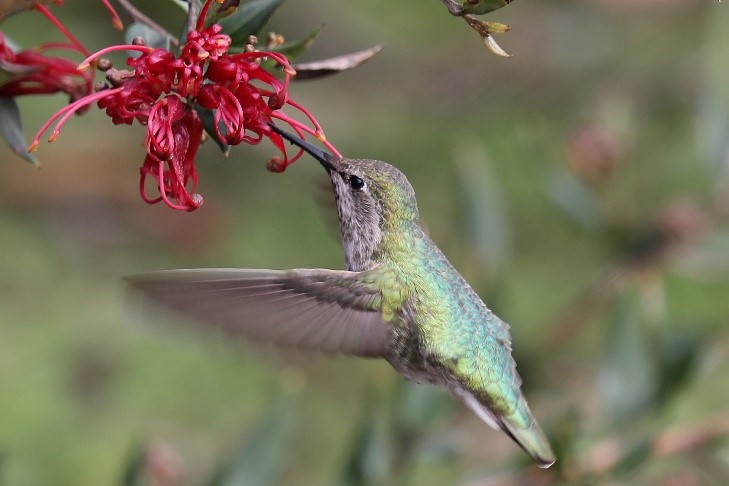
They can be identified by the color on the back and rump - a bright iridescent green in the case of the Anna’s while the Allen’s has a rufous tinge on the lower parts. The latter is hard to distinguish from the occasional Rufous hummingbird that passes through the Arboretum on the way to or from their more Northerly breeding grounds.
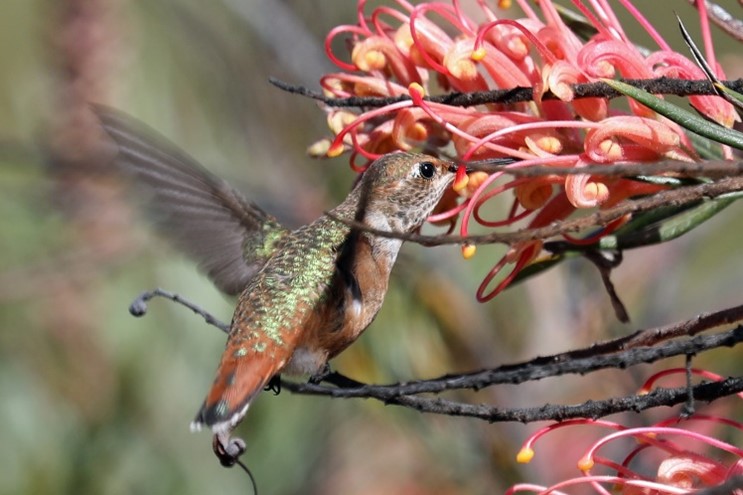
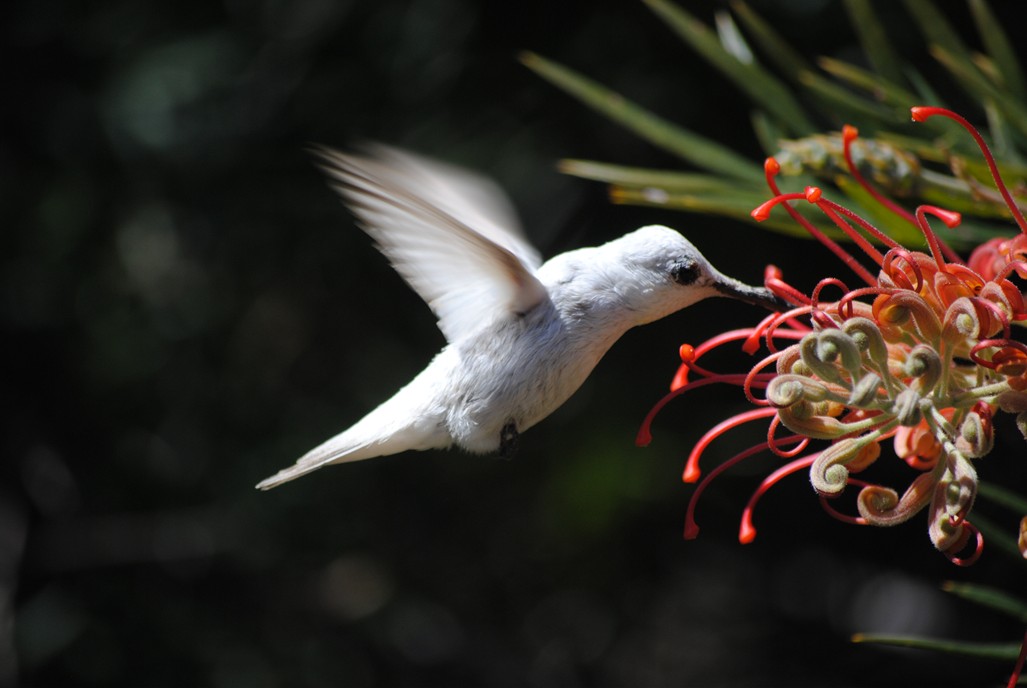
The patchwork of shrubs in the main gardens provide shelter for family groups of California quail. They are often seen scurrying between the shrubs. The precocious youngsters quickly become imprinted on their parents and managed to keep up with them, but even when old enough to fly quail seem reluctant to do so.
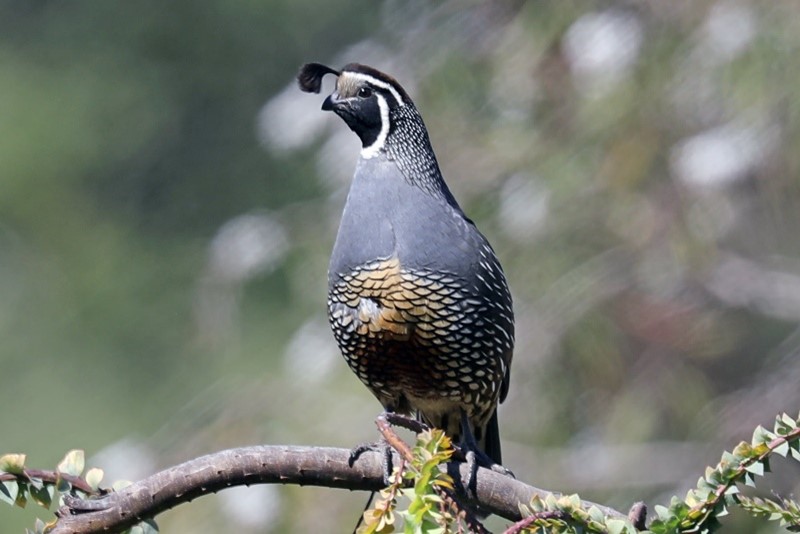

California quail. Photos by Ferd Bergholz
Another bird that spends much of the time on the ground is the CaIifornia thrasher which, with its long curved bill, often appears like a miniature roadrunner. In Springtime, the males perch at the top of a shrub to yield its rich mockingbird-like song.


In Wintertime look out for groups of golden-crowned sparrows, many of which carry color bands on their legs. This species is the focus an ongoing research project by Dr Bruce Lyon’s group, who have shown that individual winter flocks are faithful to small territories within the Arboretum.
Beyond the main Arboretum, the land rises up to the main campus and comprises a mixture of open grassland and patches of woodland. This area includes the California Native Garden which borders the Great Meadow. Both provide good habitat for hunting raptors which include red-tailed and red shouldered hawks, white-tailed kites and northern harriers. Cooper’s hawks usually remain within the cover of the woodlands.
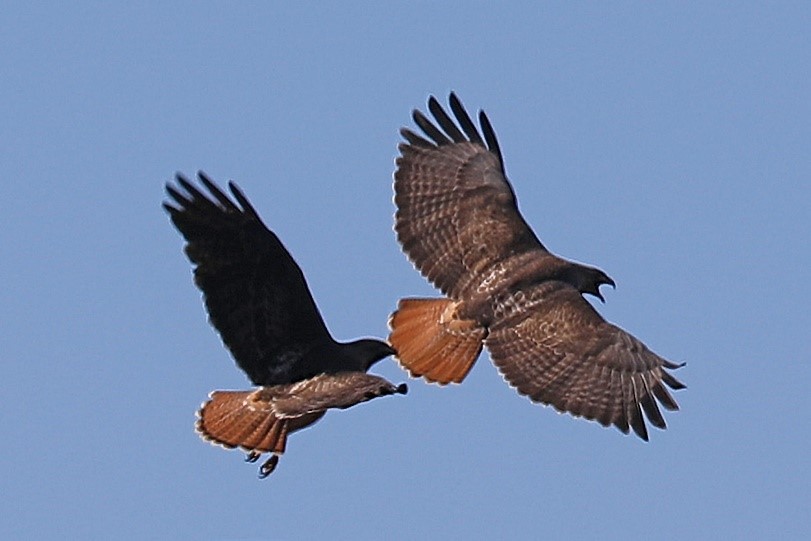

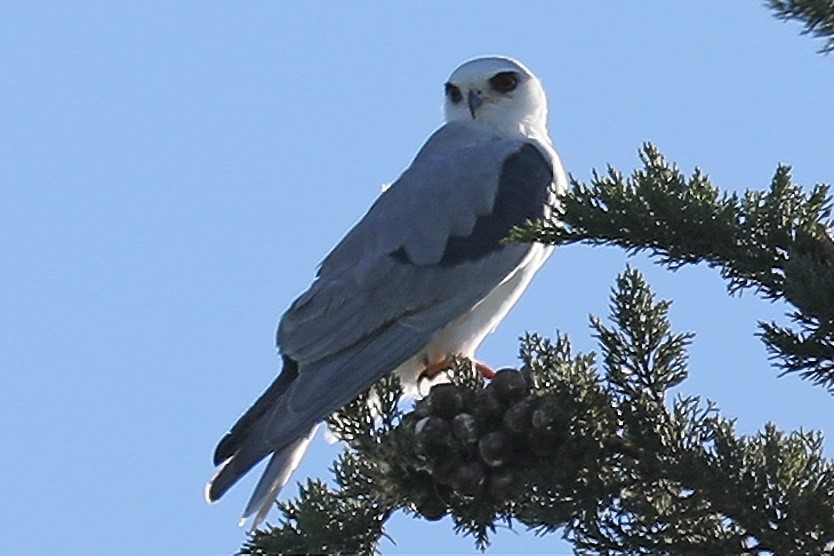
The upper Arboretum is a good place to see Western bluebirds. This species was rarely seen in Santa Cruz just a decade ago, but a nestbox program has encouraged them to stay year-round. Bluebirds benefit from the grassland management because they like to pluck insects (and occasional lizards) from the ground from their hunting posts or fences. The nestboxes also host ash-throated flycatchers, violet-green swallows and the occasional tree swallow. The wooded path that lies between the main Arboretum and the California Native Garden is a good place to spot species such as the Wilson’s warbler, chestnut-backed chickadees, and spotted towhees.
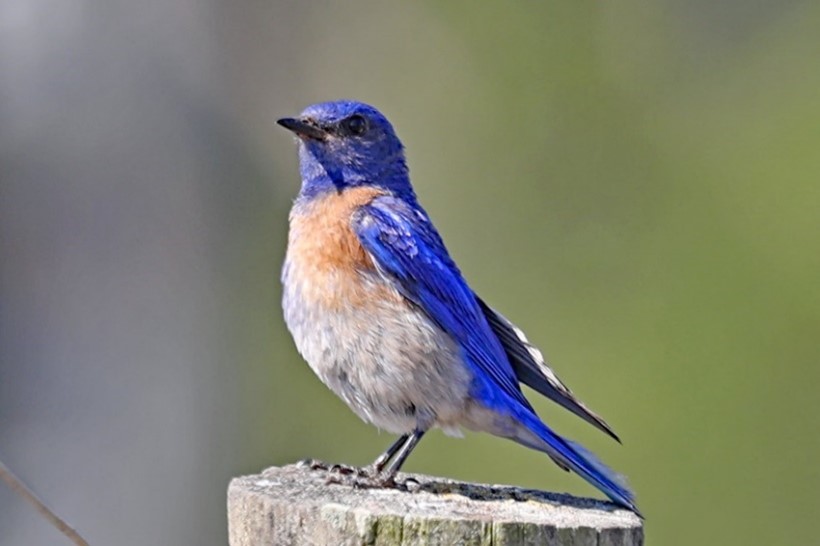
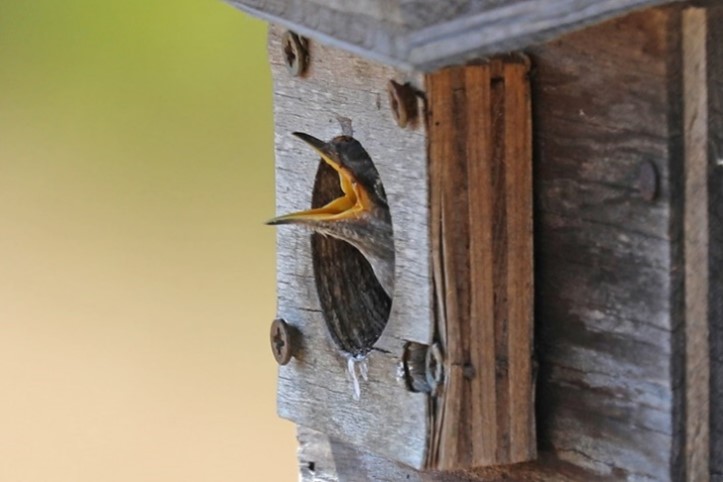
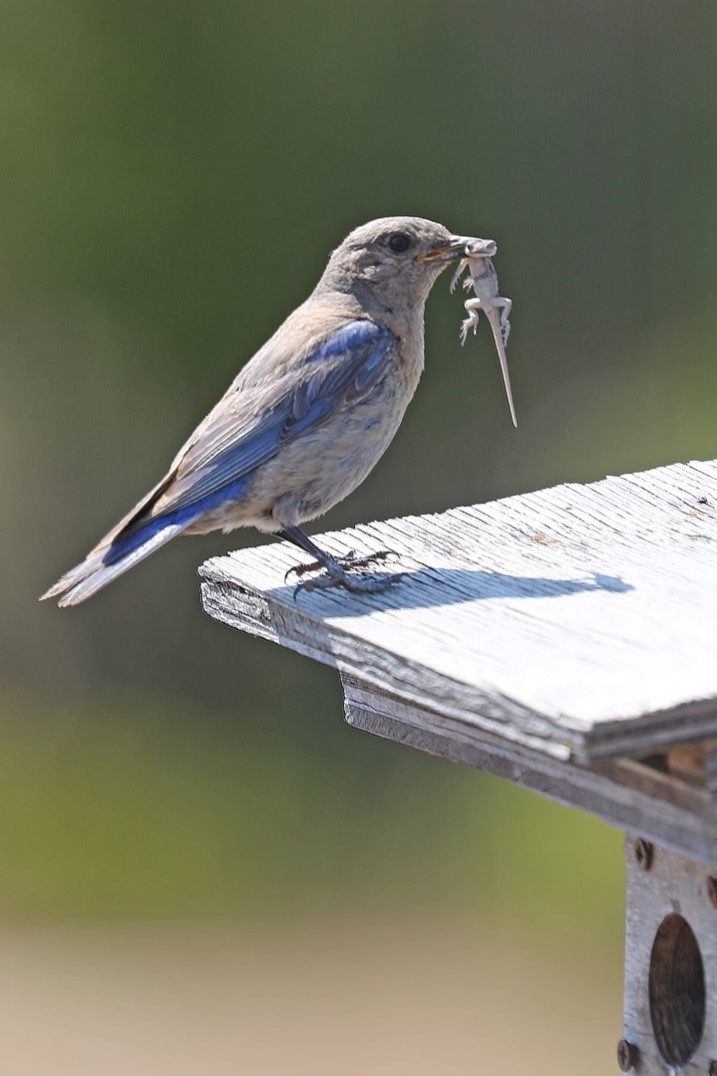
Female western bluebird with fence lizard
Photo: Ferd Bergholz
Further information
Newbury, Todd and Haff, Tanya M. (2008) Birds in The Natural History of the UC Santa Cruz Campus 2 nd edition Ed T.M.Haff, M.T.Brown and W.B.Tyler.
Jacobs-Schwartz, Benny (2016) Field guide to Birds of UC Santa Cruz. UCSC Campus Natural Reserve Field Guide series
Santa Cruz Bird Club https://santacruzbirdclub.org/birding-in-santa-Cruz/birding-guide-to-santa-Cruz-county/mid-county-coast/university-of-California-santa-Cruz-campus/
A very extensive Arboretum Bird List (2009) courtesy of Todd Newberry https://arboretum.ucsc.edu/pdfs/birdlist.pdf

